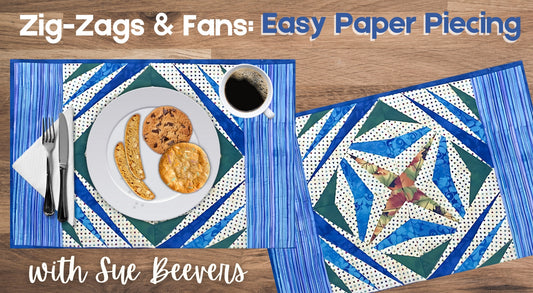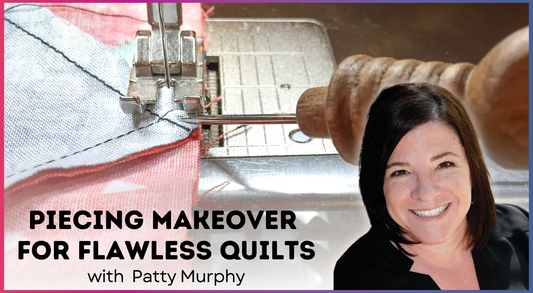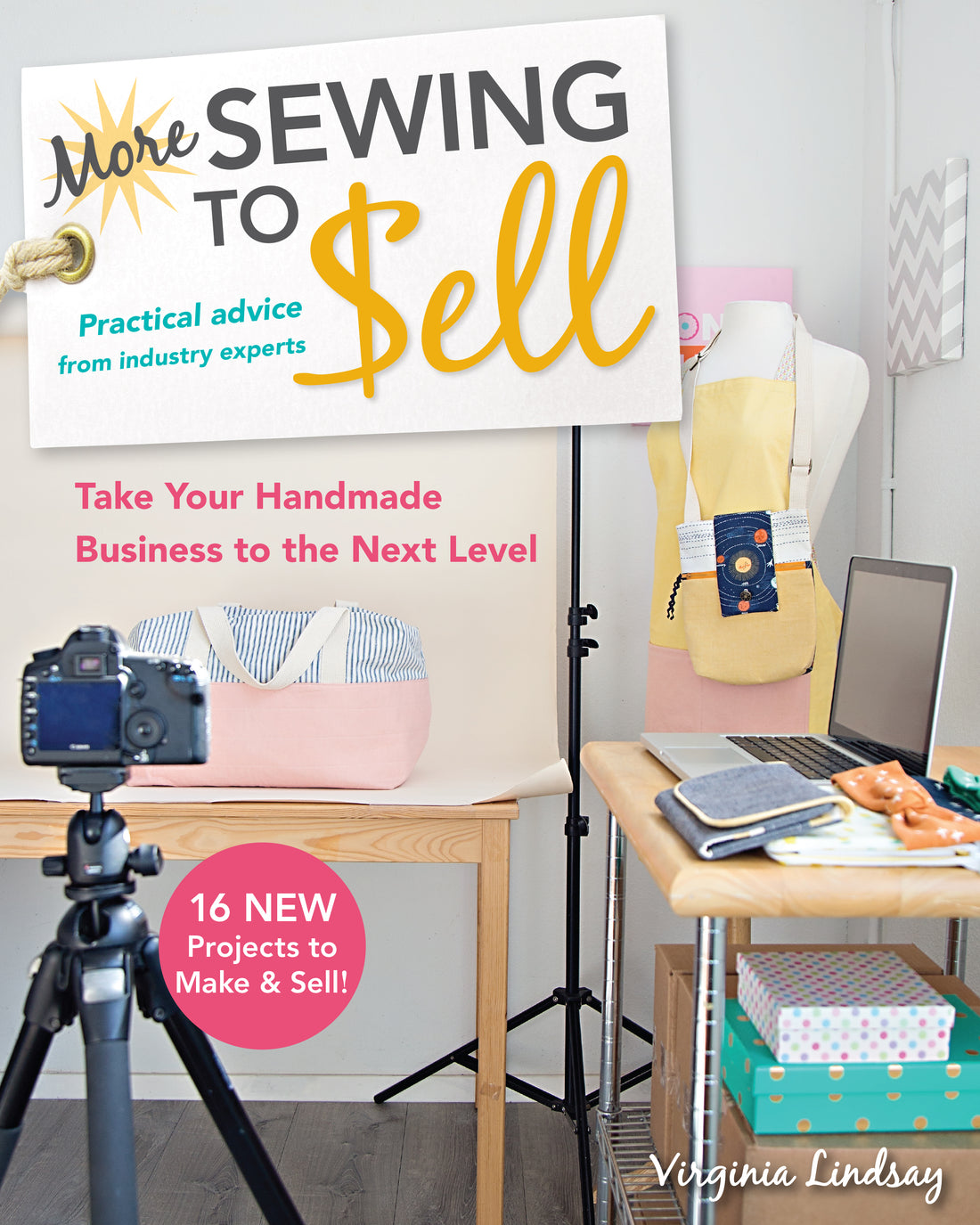
National Sewing Month: Searching Out Your Niche
Share
Happy National Sewing month! All month long we are celebrating by sharing some of our favorite sewing projects right from our books!
The following information is from More Sewing to Sell-- Take Your Handmade Business to the Next Level by Virginia Lindsay.
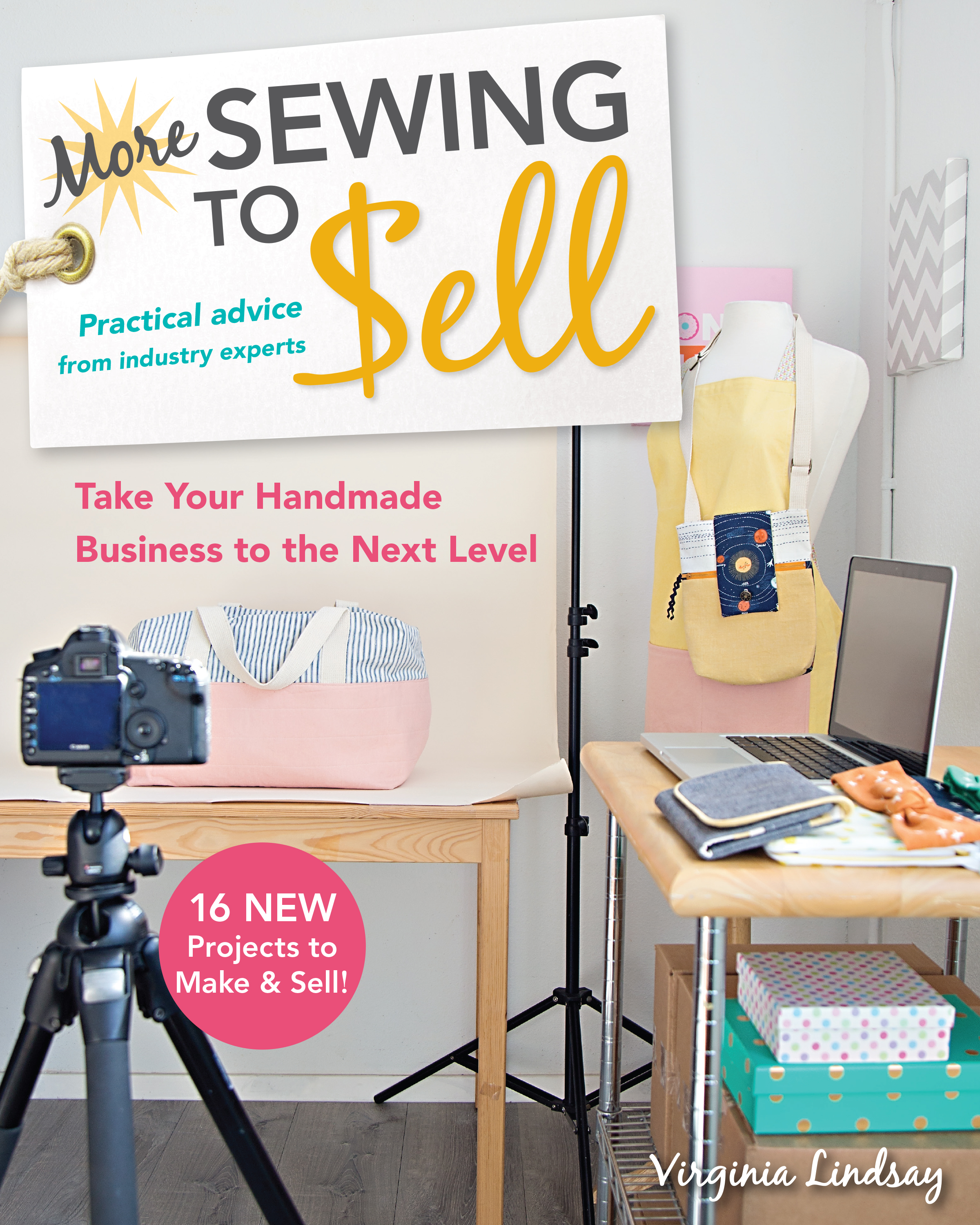
SEARCHING OUT YOUR NICHE
What Is a Niche? How Do You Find Yours?
Simply put, a niche is a segment of a market-place. A niche is where your special style and talents meet your audience and propel you into a successful small business. If only finding your niche was as easy as searching the internet for the definition, we would all be happily running our own small profitable businesses already.
As an individual, you know you can’t compete with huge global companies making similar goods. Target and Pier 1 Imports are going to have the resources to make throw pillows cheaper and faster than you. Anthropologie is a huge chain of stores and can outsource global workers to hand macramé the most beautiful scarf you can imagine. It can feel daunting, but the question you need to ask yourself is, “What can I do that my competition cannot?” The answer is how you begin to find your creative business niche. A niche market doesn’t compete with a big factory and a niche business person doesn’t sell to millions of people. But, a niche can support you (and maybe even a few employees) happily and profitably.
Now for the question, how do you find your niche? To be honest, it’s a journey and it takes work. Here are some helpful steps to help you craft your own niche and start your journey.
STEP 1: FOLLOW YOUR PASSION
Focus on what you love to make. Let’s assume you have been running your sewing business for some time and sewing a variety of things. Even though that hand-embroidered basket sells, if you hate the detail work—stop making it! Your lack of passion is going to be the first roadblock and it is going to prevent you from being a success.
Keep trying new things to sew until you find the thing (or things) that not only sells, but that you love to make. Yes, sometimes the grind of cut, sew, and repeat can get you down, but if you step back and still love your handmade items, then you know it is a prize.
Incorporate your talents into creating some-thing that you know people will love.
We all have our own talents and gifts. Your passions are going to help you to head in the right direction. But for now, you have to use practical knowledge to find something other people feel passionate about too. For example, you know that you love sewing patchwork and you have a talent for combining fabrics. Now comes the question, what should you make with the patchwork?
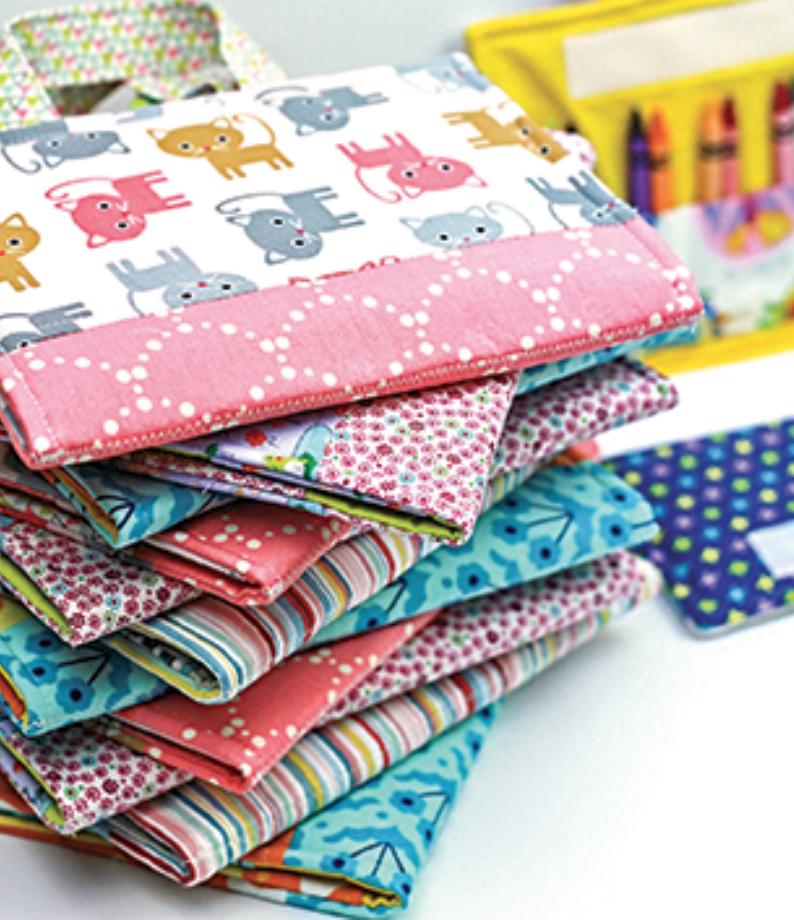
I have sold hundreds of these Crayon Art Folios. They are cute, useful, washable, and make fantastic gifts. I don’t always love sewing them over and over again, but I delight in the excited faces of kids and moms who see their fun and potential, making this product a staple of my shop.
STEP 2: IDENTIFY YOUR CUSTOMER
Think about who you want to be in business with. Not just women. Not just kids or moms. But narrow your criteria down to kids who love to draw. Or maybe think about artsy older women who love to travel around the world. Or perhaps you want to sell to mothers of toddlers who love organic handmade baby gear.
When you have identified the person, make a list of what they would like and what would be useful to them. Putting them first will give you a special advantage for creating something they will love. Let’s take the older woman for example.
For the artsy older woman who loves to travel:
STEP 3: DO YOUR RESEARCH
Now you know what you love to make and whom you want to make it for. Business is a two-way street, and most of the traffic goes toward your customer because they are doing the purchasing. You have to create a product that people want and need. You can’t be everything to everyone, but you can be something special to someone who needs the special something that you make. Think hard about this person and how your handmade products can make their life better. This gives you a thoughtful connection that will shine through in your sewing. Most likely you will either be one of these people yourself or have good knowledge of people like this.
Make yourself an inspiration board, clip magazines, make Pinterest boards (pinterest.com), flip through catalogs, go through your favorite websites, follow artists you admire, study organizations you care about, question your friends, and gather information. This step can go on and on for some people, so give yourself a time frame here—a few weeks or a month at the most before you head on to the next step.
STEP 4: MAKE SAMPLES
By now, what you want to make should be starting to take shape. You have thought about your target audience and brain-stormed, you have searched for inspiration, and you have some good ideas. You feel excited, passionate, and inspired. It’s time to start sewing.
Be sure to use your talents here. If you are a superfast and efficient sewist, you can add extra detail while keeping your fabrics simple. If you have a knack for patchwork, make your pieces bright and colorful, but make sure you are keeping your work time reasonable by cutting down on detail (pockets, zippers, pleats, and so on). If you love working with special fabrics, such as leather, go for it—but keep your customer in mind the whole time—am I spending so much on materials that I am going to price out my target customer?
After you have some things made, think again about the topics discussed above. Do you like making it and feel proud of it? Is your niche customer going to like and want this? Is this going to be something that you can price reasonably and still compensate yourself properly?
STEP 5: CONFIRM YOUR PRODUCTS
In other words, are your items what you want to sell, and do you like making them? After you have a few samples (and you are welcome to use the projects in this book to save yourself time and effort), it’s time to test the products with family and friends and see what kind of reaction you get. Show your family and have them try them out. Use your social media channels. Maybe give a few away as gifts, offer them for sale as samples, or both. What kind of response do you get?
As a business person, think of finding your niche in terms of crafting. You have to make choices and decisions. You have to see what works best and what looks beautiful. All crafting is unique and business niches are unique too. Your niche should be a coming together of your special talents and your selected audience. You can do this!
-

